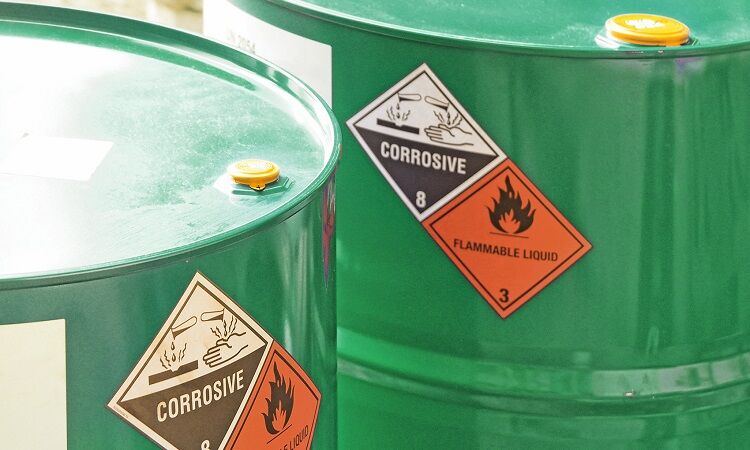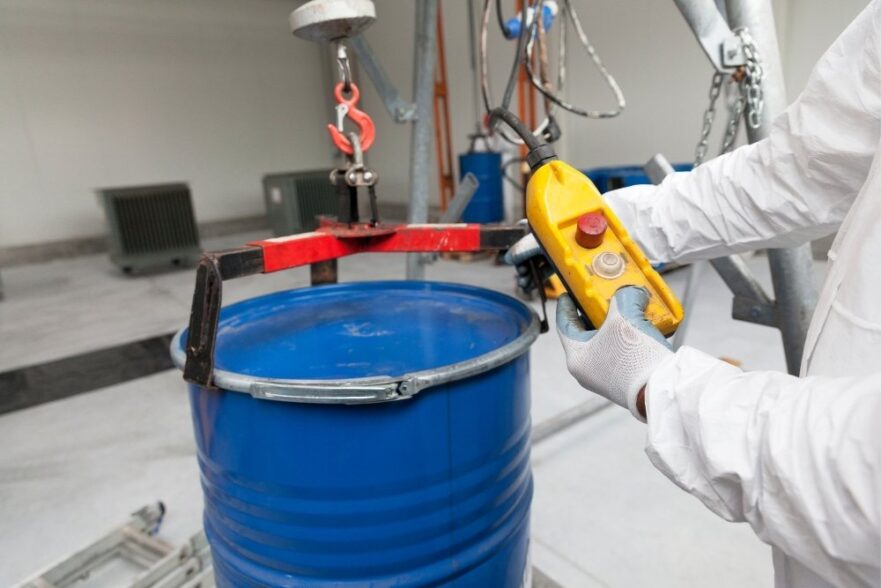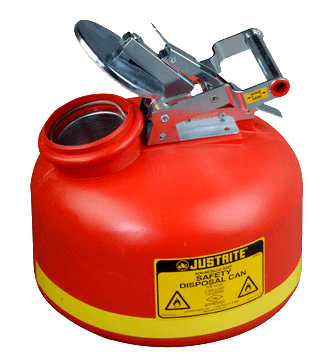Industrial Wastewater Treatment: Advanced Techniques for Effective Administration
Industrial Wastewater Treatment: Advanced Techniques for Effective Administration
Blog Article
Just How Fluid Garbage Disposal Works: A Detailed Overview of Methods and Technologies Used

Summary of Liquid Waste Kind
The intricacy of liquid waste kinds requires a complete understanding of their characteristics and effects for disposal. Liquid waste can extensively be categorized into a number of kinds, including commercial, local, agricultural, and contaminated materials. Each classification exhibits unique properties, needing details management methods to reduce ecological and wellness dangers.
Industrial liquid waste stems from producing processes and typically consists of a range of contaminants, such as hefty metals, solvents, and organic substances. Municipal fluid waste, primarily making up wastewater from homes and commercial facilities, has raw material, nutrients, and virus (industrial wastewater treatment). Agricultural fluid waste, consisting of runoff from ranches, may contain plant foods, pesticides, and animal waste, posturing dangers to water quality and ecosystems
Unsafe liquid waste is characterized by its poisoning, reactivity, or prospective to cause damage. This group consists of compounds like acids, bases, and certain chemicals that require stringent handling and disposal protocols. Recognizing these diverse fluid waste kinds is critical for developing effective disposal techniques and guaranteeing conformity with environmental guidelines. Correct classification and characterization are essential for carrying out appropriate treatment techniques and minimizing the negative effect on public health and wellness and the setting.
Physical Treatment Approaches

Testing is the first action, where larger bits and debris are removed from the fluid waste using screens or grates. This procedure shields downstream tools from damage and ensures smoother procedure. Adhering to testing, sedimentation uses gravitational force to separate solids from fluids. In sedimentation containers, much heavier particles settle near the bottom, creating a sludge layer, while the cleared up liquid can be further dealt with.
Purification is one more important technique that involves passing the fluid with permeable materials, such as sand or membranes, to record smaller sized bits. This step improves the quality of the fluid, making it ideal for succeeding treatment procedures.

Chemical Treatment Strategies
Chemical treatment methods are vital for efficiently taking care of fluid waste, specifically in attending to dissolved and colloidal pollutants that physical approaches might not effectively remove. These methods make use of numerous chemical agents to reduce the effects of, precipitate, or transform unsafe compounds right into less unsafe forms.
One typical approach is coagulation and flocculation, where chemicals such as alum or ferric chloride are contributed to promote the gathering of put on hold particles. This process boosts sedimentation, enabling much easier see here elimination of the resulting sludge. In addition, oxidation processes, utilizing representatives like chlorine or ozone, are employed to break down complicated organic compounds and microorganisms, providing the waste more secure for discharge or further therapy.
Neutralization is an additional crucial method, which changes the pH of acidic or alkaline waste streams to neutral degrees, preventing possible injury to downstream systems and the atmosphere. Moreover, progressed oxidation procedures (AOPs) make use of mixes of oxidants and ultraviolet light to degrade persistent contaminants, accomplishing a higher level of treatment effectiveness.
Organic Treatment Processes
Biological treatment processes play an important duty in the monitoring of fluid waste by making use of microbes to decompose raw material and lower impurity degrees. These procedures can be generally classified into anaerobic and cardiovascular treatments, each employing particular microbial communities to achieve reliable waste destruction.
Cardio therapy includes the use of oxygen to help with the failure of natural products by germs. This procedure is commonly executed in triggered sludge systems, where aeration containers give a favorable setting for microbial development, causing the oxidation of organic pollutants. The resultant biomass can be divided from treated effluent through sedimentation.
In contrast, anaerobic therapy happens in the absence of oxygen, counting on various bacteria to break down natural matter. This method is particularly useful for high-strength waste, as it produces biogas, a sustainable energy resource, while decreasing sludge production. Technologies such as anaerobic digesters are regularly employed in metropolitan and commercial applications.
Both anaerobic and cardio biological therapies not only read review minimize the ecological impact of fluid waste but likewise facilitate source recovery, making them essential elements of sustainable waste administration strategies. Their efficiency, efficiency, and adaptability sustain their widespread application throughout various industries.
Arising Technologies in Disposal
Innovative techniques to fluid waste disposal are rapidly progressing, driven by advancements in modern technology and an increasing emphasis on sustainability. Amongst these arising modern technologies, membrane layer bioreactors (MBRs) have gotten grip for their capacity to combine biological treatment with membrane filtering, leading to high-quality effluent that can be reused in various applications. MBRs enable smaller impacts and much more reliable operations contrasted to traditional systems.
One more promising advancement is making use of anaerobic food digestion integrated with nutrient healing technologies, which not only treats liquid waste but also generates biogas and recoups important nutrients like nitrogen and phosphorus. This dual benefit enhances source performance and lowers environmental impact.
Furthermore, advanced oxidation processes (AOPs) are being adopted for the destruction of intricate organic toxins. These approaches use powerful oxidants and catalysts to damage down pollutants at the molecular level, providing a highly reliable option for difficult waste streams.
Furthermore, the combination of expert system and device learning in waste monitoring systems is enhancing operational efficiency and predictive upkeep, causing decreased prices and enhanced ecological compliance. These innovations reflect a substantial change towards even more sustainable and reliable fluid waste disposal techniques.
Final Thought
In verdict, reliable liquid garbage disposal necessitates a comprehensive understanding check my site of numerous techniques and modern technologies. The combination of physical, chemical, and organic treatment approaches guarantees the reliable management of varied waste types. Moreover, the emergence of cutting-edge technologies improves therapy effectiveness and advertises sustainability in waste administration techniques. By continuously advancing these techniques, it becomes feasible to address the growing obstacles associated with liquid waste, inevitably adding to environmental security and source recovery.
Fluid waste disposal is a critical aspect of environmental administration, needing a thorough understanding of different strategies and technologies tailored to different waste types. Liquid waste can broadly be classified right into numerous kinds, consisting of commercial, metropolitan, farming, and harmful waste. Agricultural fluid waste, consisting of drainage from ranches, might consist of plant foods, pesticides, and animal waste, positioning dangers to water quality and communities.
Different physical treatment approaches play a crucial role in managing fluid waste properly - industrial wastewater treatment.In verdict, efficient fluid waste disposal requires a detailed understanding of numerous strategies and innovations
Report this page